Pig Farming in South Africa is taking a total shape in recent years, as many people are now investing in this sector massively not excluding plant cultivation and animal husbandry.
To start pig farming in South Africa you need to secure a good farm location, get a good breed of pigs, construct a comfortable house for your pigs, then take the personal hygiene of your swine seriously.
Here today, we will be taking you through step-by-step guides from beginners to master classes on how to start pig farming in South Africa.
Step by Step Guide To Start Pig Farming In South Africa
Step 1: Get a good Farm location
It is essential that the area you choose for your pig farm has easy access to the supplies you will need to get started. Materials like PKC, pure water, and enough room for the pigs to run around are all important.
Read Also: How to Start Bee Farming in South Africa [Practical Guide]
Before acquiring a spot, you need to consider setting your farm away from residential areas to prevent any hassles that may result from it.
Read Also: How to start a profitable poultry farm in South Africa {Beginners Guide}
Step 2: Ensure Your Pigs Have Appropriate Housing
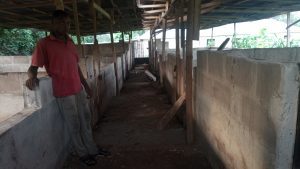
Choosing a pig house is an important decision that must be taken into account. When your pigs are happy and content in their stalls, it shows in their weight gain and resistance to disease.
Step 3: Hire farm laborers.
When starting a farm, you need help cleaning the dirt, looking out for your pigs, and taking care of your pigs properly.
If your pig farm is large enough, you’ll require anywhere from one to five laborers.
Step 4: Find a supply of clean water for your swine.
Water is a common resource that is always in high demand on a pig farm. Make sure your farm is located close to a source of high-quality water.
Read Also: How To Start Fish Farming In South Africa {Beginners Guide PDF}
Step Five: Buy a good pig breed
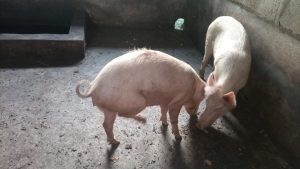
It is critical that you pay attention to the type of pigs you purchase at the beginning of the process. Before purchasing any kind of pig breed, make sure to consult with an expert.
Before you buy pigs for your pig farm, it’s a good idea to consult a vet with more experience.
It’s best to buy more Sows (female pigs) than Boars (male pigs) if you plan to run a large pig farm because sows produce more piglets.
Read Also: [Beginners Guide] How To Start Ostrich Farming In South Africa
It’s recommended that you have one Matured Boar on your farm to save money on feed and boost productivity.
Step 6: Make a pig feeding schedule.
Feeding your piglets is an additional consideration. Make certain that you introduce them to a balanced diet.
Shortly, we’ll discuss the feed you can give them.
Read Also: How To Start Farming Business In South Africa {Beginners Guide}
Variety of Pig Feed
As long as there’s anything to nibble on, porks will gobble it up. This includes anything from bread to other cereals, veggies, and fruits. Pigs that are fed a particular diet have the fastest growth rates.
The most important component of raising pigs is understanding how to feed them correctly. It doesn’t matter if you’re looking at piglet feeding guidelines or learning about swine management strategies; all pigs need a high-energy diet that is low in fiber and high in protein.
Pigs can gobble up a lot of food in a short period of time. A well-balanced diet from the time an animal is weaned is necessary to support the optimal growth, reproduction, and productivity of the animal. For animals of whatever age, this holds true.
The Worst Things to Feed Your Pigs (Swine}
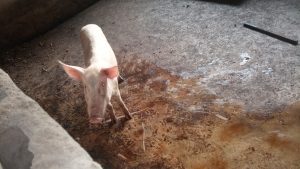
Making your own pig meal mixture requires avoiding certain ingredients for a variety of reasons, including slower growth and even outright toxicity to the animals.
- Cracked corn
- Sweets and high-sugar foods
- Milk
- Dog food
- Meat
- Potatoes
- Fish
- Fruits
Viruses can inhibit the growth of milk, meats, and fish, so they should be avoided. The pits and seeds of many fruits and vegetables contain toxic amygdalin. Chewing the pits and seeds of some fruits releases a toxin called cyanogenic glycoside, which can cause nausea, discomfort, or death if swallowed.
Read Also: How to start profitable poultry farm in South Africa [Step By Step Guide]
Toxins found in potatoes include glycoalkaloids, which can cause severe stomach pain or even death (though this is rare), as well as solanine, a natural toxin that damages red blood cells and causes diarrhea.
Video of how to start pig farming in South Africa:
How to Plan Pig Feeding in a Correct Manner
High-quality food helps pigs grow faster and bigger. The feed should contain enough calories, protein, minerals, and vitamins to satisfy the animal’s basic nutritional needs.
Farm grains are the most common and best source of nutrients for pigs, and they make up the majority of their diet. It is usual to use corn-based diets because of their high digestible carbohydrate and low fiber content, as well as their affordability.
Supplementing the feed with extra vitamins, proteins, and antibacterial compounds will help delay the growth of naturally existing pathogens that could be harmful to the animal or your stock.
Grain by-products such as rice bran and broken rice, as well as corn, soya beans, and cassava have been found to have positive effects.
Pig Nutritional Needs
Pigs’ dietary and hydration requirements evolve as they grow older.
Weasels (Under 40 lbs.)
Piglets under 40 pounds should be introduced to solid food by creep feeding. Consuming more food is necessary as a pig’s weight increases.
40+ lbs Growing and Finishing Pork
When they reach a market weight of 125 pounds, growing and finishing pork from 40 to 125 pounds should be shifted from high-protein meals to low-protein feeds (230 pounds or more).
Step 7: Prepare a Gestation Area for your Sows
You must arrange an area where your pigs may be isolated after they give birth to piglets so that the Boer does not engage in violent sexual relations with them.
Step 8: Make an appointment with a veterinarian for a consultation.
Having a veterinarian periodically visit your pig farm to check on your piglets and the health of your farm as a whole is an important factor that is frequently overlooked by farmers.
Estimated Growth rates for pigs
To achieve its daily requirements, a pig needs a variety of nutrients, including water, carbohydrate, fat, protein (amino acids), and vitamins and minerals (approximately 4% of its body weight).
Up to 110 pounds of weight gain may be expected on a typical diet at a rate of 1.5 to 1.7 pounds per day. A 1.8 to 2.2-pound weight gain each day followed after that.
Types of Pig Breeds: To Begin Your Own Pig Farm
Pork farming for commercial purposes can make use of a large range of pig breeds, each with pros and cons. The breed selected has an impact on many areas of the production process, including litter number, feed efficiency, and meat quality. There are seven commercial pig breeds you need to know about in this article.
Pigs of other breeds have lower mature body weights and worse feed conversion rates, and they also mature later than the normal pig. Many of the undesirable characteristics of pigs might have a negative impact on the pig farming business. Pork farms can be built using the following unique breed types as your first step:
1. Yorkshire (Large White)
The majority of this breed is white, although there are a few freckles that can be found on the face (black pigment spots). This breed has medium-length heads and large nostrils, as the name suggests.
Long and full in the neck, with wide shoulders and deep chests, it is a stunning piece of work. They have long, wide, flatbacks. Mature boars and sows weigh between 300 and 450 kg on average.
High-quality meat can be found in huge white pigs’ flesh. In addition to having a high reproductive rate, this breed is excellent at making use of the food it is given.
2. Hampshire
The Hampshire pig’s shoulders and front legs are covered in black and white stripes. Big, broad, short legs and a long drooping tail characterize this creature.
His ears are erect and pointing straight ahead. This breed’s fat and lard content is lower than that of the Landrace variety. It takes a boar around three years to reach maturity, whereas a sow takes about three years to reach maturity (550 pounds).
3. The Duroc
Reddish-brown in color, with hints of gold and cherry red, is the most common hue. High feed conversion and rapid weight gain distinguish the Duroc pig.
This sow breed is known for its early maturity, large litter (up to 15 piglets), and exceptional mothering abilities. When a boar reaches adulthood, he or she can weigh up to 400 kilograms, while an adult sow can weigh 350 kilograms.
4. Chester White
Pet owners are drawn to Chester White pigs because of their white coats and large ears. Even though the breed is sluggish to mature, it is capable of generating enormous carcasses.
This creature’s petite legs and pointed tail go well with its broad and deep body. Chester White boars and sows can weigh up to 300 kilograms, making them a versatile breed that can be used for both meat and reproduction.
5. Camborough
Camborough pigs are the best choice for meat production because of their superior genetics. Each litter has an average of 17 piglets, and the sow is an excellent mother. The boar is extremely robust and has a keen sense of time constraints.
It performs brilliantly in terms of feed conversion and disease resistance. You may expect it to mature swiftly and have a long, fruitful life, as well.
Known for its lean meat and low-fat content, the commercial slaughter pig breed Camborough is popular. It is possible for a full-grown boar or sows to weigh as much as 400 kg.
6. The Landrace
There is also the Landrace White with freckles, which is rather frequent in this breed. This breed has short legs, a square ham, and huge lop ears, among other features. The jowls are likewise thought to be trim. Consequently, it contains less fat than meat.
In terms of food consumption, this breed is both prolific and efficient. If you’re talking about the weight of an adult cow and the weight of adult pork, you’re looking at an enormous difference.
7. Poland China
Poland China is Huge and lopsided in appearance. Despite its diminutive stature, this creature possesses a robust frame and well-proportioned legs and toes. Farrows can produce between sixteen and seventeen young pigs, and the meat and carcass quality is good.
While it has a fast growth rate, it is also a very efficient feed-to-meat converter. There is a wide variance in the weight of adult boars and sows.
How to Improve Pig Growth: A Practical Guide
In order to maximize feed intake, a number of other factors must be taken into account. As part of this category are temperature and environmental management, water supply, and sanitation procedures.
Temperature
Pigs’ productivity and growth are strongly influenced by their body temperature. Pigs are incredibly adaptable when it comes to temperature and can thrive in a wide range of environments. However, if the temperature is too low or too high, the stock will suffer.
Pigs will consume more to keep warm in the winter, but their growth will be slowed. To avoid heat stress and decreased feed consumption, it is essential to keep animals cool throughout the summer (and even death).
Growth and maturity rates fall, suckling piglets are becoming less common, and stock levels are disturbed. It is possible to maintain pig growth and output rates if buildings are well-ventilated or heated and appropriate air space is supplied in the confinement area
Water
Clean, fresh water should be readily available. Water is a major part of the nutrition of pigs. Its water content ranges from 50 to 60 percent. In order for a pig to grow properly, it must have access to clean water.
Pigs that have just been weaned are more vulnerable to dehydration than those that have been raised for some time. Regardless of the method used to deliver water, sanitization and positioning of water supply equipment are critical. Pigs need continual access to clean water in order to stay hydrated.
Put in place proper sanitary procedures.
People may not eat as much as they should because of poor hygiene. Animals will eat more if their feeders are well-designed.
Common Disease That Can Plague A Pig Farms
Anyone who works with pigs has to know how to spot the symptoms of common diseases. Symptoms, treatments, and prevention measures for six of the most common pig diseases are covered in Pig International at each stage of production.
1 Exudative dermatitis (greasy pig)
2 Coccidiosis
3 Respiratory diseases
4 Swine dysentery
5 Mastitis
6 Porcine parvovirus
How much does it cost to start a pig farm in South Africa?
To start a small-scale pig farm in South Africa is estimated to cost around 15,000 and 25,000 rands.
To farm pigs on a commercial scale is estimated to cost around 40,000 or 60,000 rands to start with.
Which breed of pig is most profitable in South Africa?
The most profitable pig breed in South Africa is the South African Landrace, Duroc, and large white
How much does a pig cost in South Africa?
A pig costs at least 2500 rands per kg.
How do I sell my pigs in South Africa?
To sell your pig in South Africa, you need to look for a local butcher and sell for them.
Funding for pig farming in south Africa
To fund your pig farming in South Africa, you will need to enroll in government agricultural loans or grants in SA.
Where to sell pigs in South Africa
To sell your pig in South Africa, you need to look for a local butcher and sell for them.
Pig farming requirements
To farm a pig, you will need to erect a house, find a source of quality water, get acquitted with what it takes to raise a pig, and every information vital to having a successful pig farming.
Conclusion
Your quest to raise a profitable pig farm in South Africa is not complete if you do not put in place all we have discussed in this content which ranges from securing a good farm location, buying the correct breed of pigs, hiring staff, and many more.
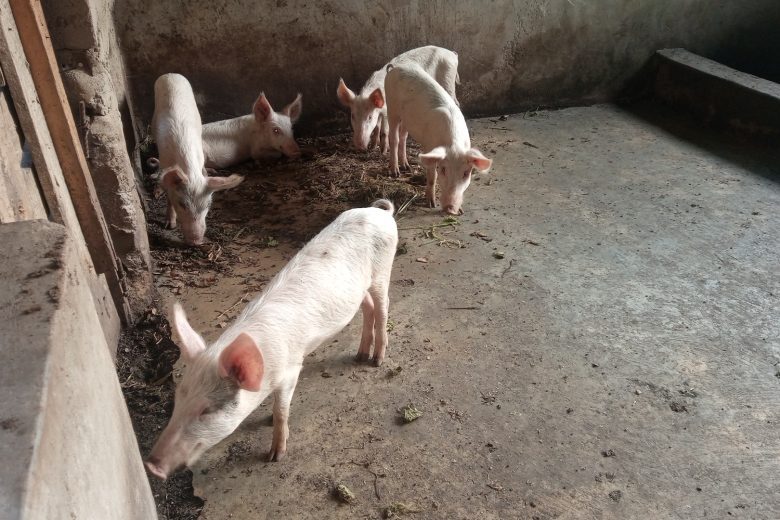
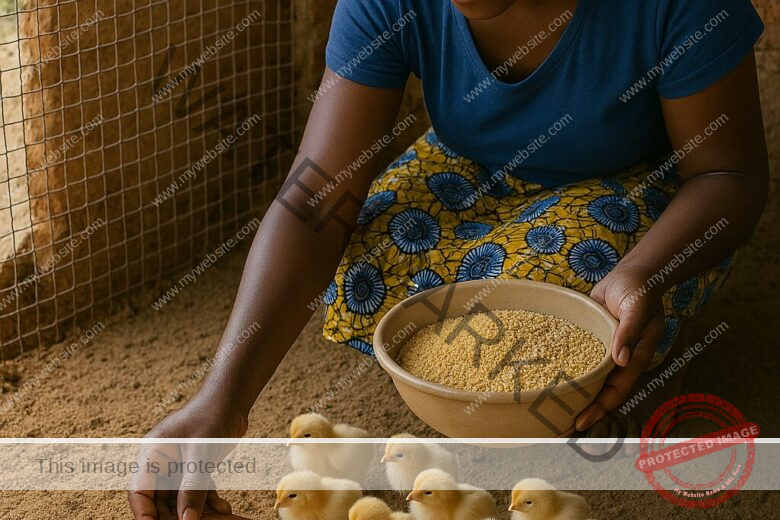

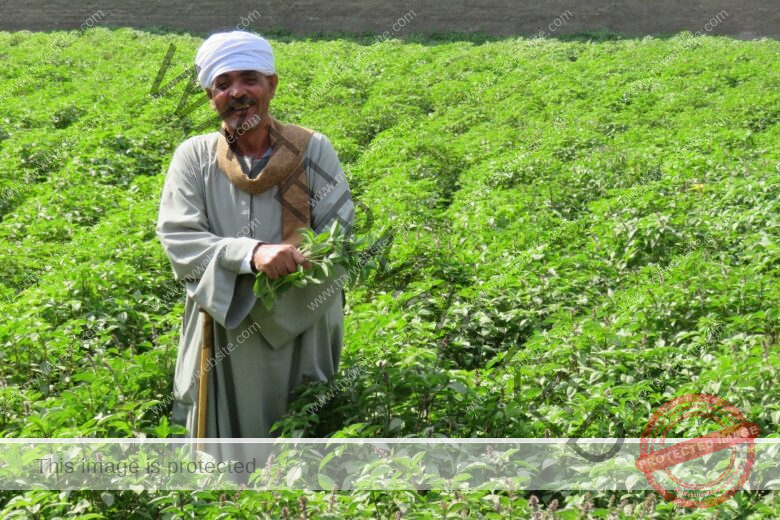
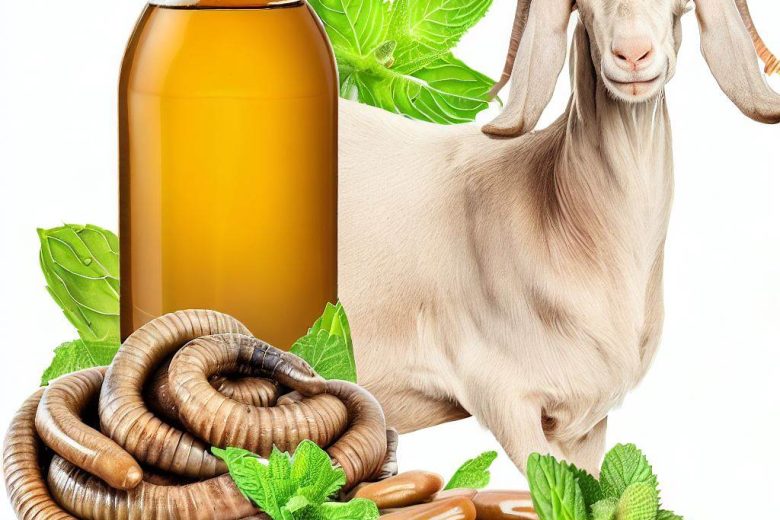
One Reply to “[Beginners Guide] How To Start Pig Farming In South Africa”